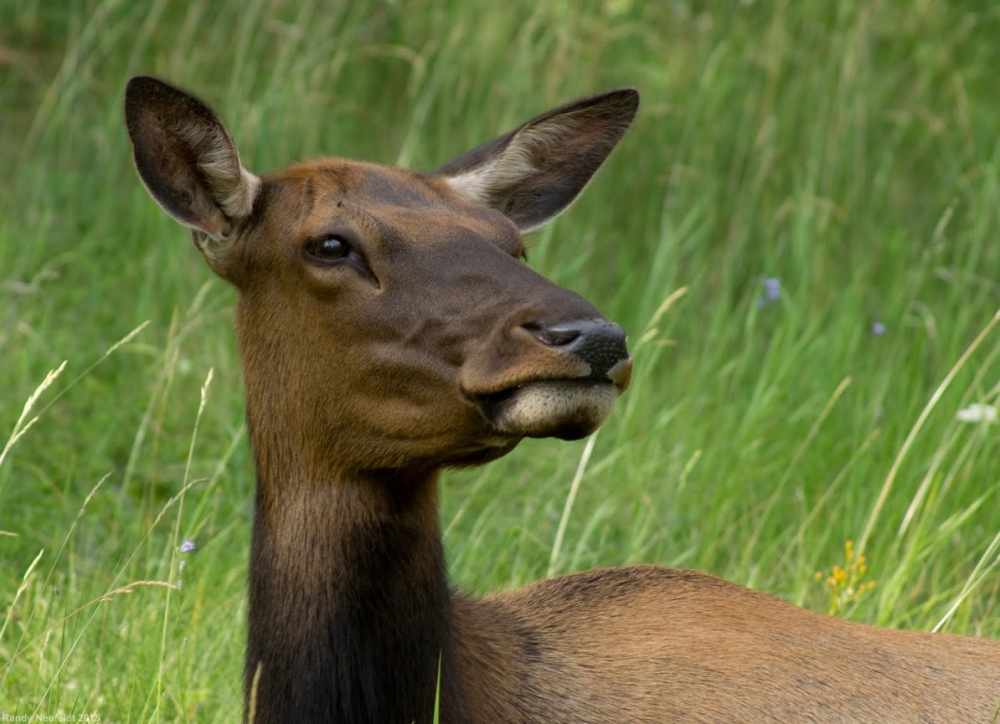Elk are also called wapiti, a Native American word that means “light-colored deer.” Elk are related to deer but are much larger than most of their relatives. A bull (male) elk’s antlers may reach 4 feet (1.2 meters) above its head, so that the animal towers 9 feet (2.7 meters) tall.
Bull elk lose their antlers each March, but they begin to grow them back in May in preparation for the late-summer breeding season.
In early summer, elk migrate to high mountain grazing grounds where the cows (females) will give birth. Each cow typically has a single calf, which can stand by the time it is 20 minutes old.
During the late summer breeding season the bugling of bull elk echoes through the mountains. These powerful animals strip the velvet off their new antlers using them in violent clashes that determine who gets to mate with whom. Males with the bigger antlers, typically older animals, usually win these battles and dominate small herds.
In the winter, wapiti reconvene into larger herds, though males and females typically remain separate. The herds return to lower valley pastures where elk spend the season pawing through snow to browse on grass or settling for shrubs that stand clear of the snow cover.
Elk were once found across much of North America but they were killed off and driven to take refuge in more remote locations. Today they live primarily in western North America, especially in mountainous landscapes such as Wyoming’s National Elk Refuge and Yellowstone National Park. Some eastern U.S. states have reintroduced small elk herds into heavily wooded wilderness areas.
Fast Facts
Type: Mammal
Diet: Herbivore
Average life span in the wild: 8 to 12 years
Size: Height at the shoulder, 4 to 5 ft (1.2 to 1.5 m)
Weight: 325 to 1,100 lbs (147 to 499 kg)
Group name: Gang
Size relative to a 6-ft (2-m) man
Source: National Geographic
Link source








Add a comment